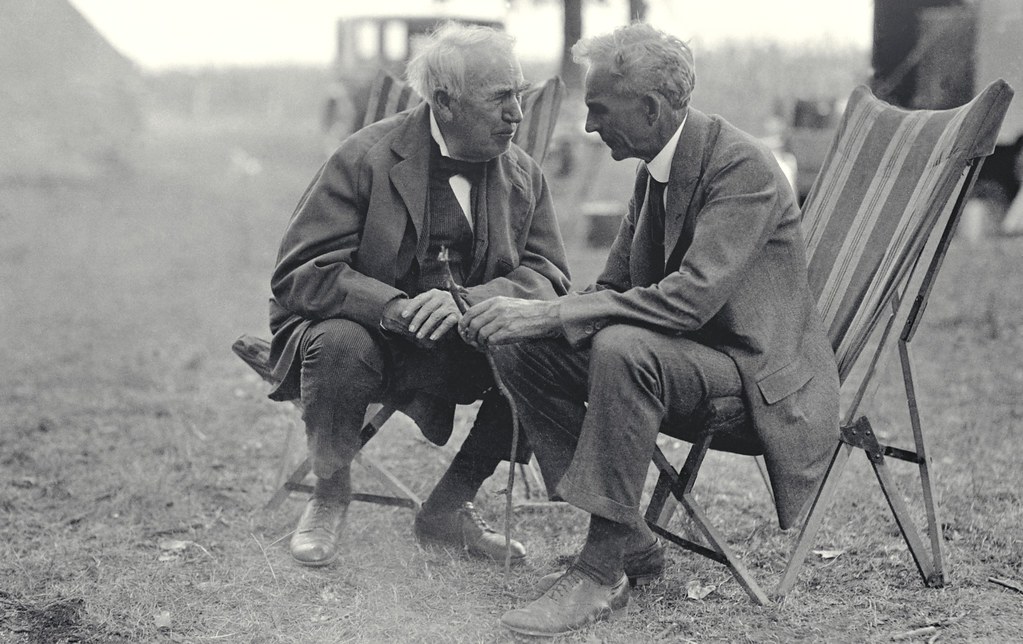The Robin
Tamworth’s pride and joy, the reliant Robin, is the focus of our Vehicle Plastic Recycling article this week. The three-wheeled British motor is now over 40 years old, and most important to us, is testament to the power of plastic cars.
Generally, if a car is unsuccessful, they don’t make a new and improved version, as happened with the Robin after it ended manufacture (the first time). Equally, if a car is unsuccessful, they don’t make a mk3 version, which also happened to the Reliant Robin. Being made of plastic, the car was durable, lightweight and agile. The lightweight chassis allows reliant Robins to have very good acceleration, but because of the technicalities which allow it to be driven on a motorcycle license, it only has a small engine. The newer models can reach speeds of around 85mph; not bad for ‘a motorcyclists winter get-around’.
Anyone who has ever been in a Reliant Robin will be fully aware that cornering is a mildly terrifying experience, with the car’s imbalanced weight offering a tendency to raise a wheel. The road tax is cheap though, so it kind of balances itself out…
Vehicle Plastic Recycling is well and truly alive with the Reliant Robin, with former company spokesperson Stuart Halstead saying “The Reliant is totally green, totally recyclable, and they last for ages.”
Often referred to as the ‘Plastic Pig’, Reliant Robins are sadly no longer in production.
The second part of out Vehicle Plastic Recycling blog is a little more unusual…
The Soy-Ford

Henry Ford may as well have had a big foam finger with the word ‘Soybeans’ on it, the guy was that much of a fan. Ford saw Soybean’s potential for making his friends and customers rich, and so he wanted to see how far the bean could be pushed. He didn’t only eat Soybeans (excessively), he wore them.
In the 1930s, he invested a considerable amount of money into developing a Soybean Laboratory in Greenfield Village, Michigan. One of his early inventions was ‘Soybean wool’, with which Ford had a suit and tie made. In 1941, probably wearing his soy-suit, Ford built a car with a plastic made from Soybeans, Wheat, Flax and industrial Hemp.
In these articles we try to make the point that Vehicle Plastic Recycling should be increasing in popularity, with designers considering the end-of-life fates for vehicles. Ford was a pioneer of this idea too, making body panels lightweight and easily replaceable, in turn allowing the car to be more fuel efficient (although it ran on hemp rather than petrol). It is said that Ford’s Soybean car could withstand ten times the force of a standard metal car, without denting.
It wasn’t all idyllic though, after working very hard to find an alternative to simple plastic panels, Ford eventually discovered that tubular steel would create a powerful chassis that his Soybean plastic could be fixed to.
After first falling in love with Soybeans, building a laboratory, sporting a soy-suit, overcoming the plastic-steel panel issue and receiving a patent for the car, Ford’s dream was not to come true. Unfortunately, WWII came along. The Soy-Ford (as we have named it) never reached production, and probably lives only on the lines of Soy-paper in the crypts of Ford HQ.
Some quick facts about Ford’s recycling and bioplastic efforts today:
Starting in 2007, Ford progressively began used Soy-based polyurethane foam in all of their cars, reducing CO2 and applying natural material sources. The Soy-Foam is used in seats and headrests.
Post-consumer recycled tires are used in several car parts in 14 different car lines, diverting 2 million pounds of tires from landfill.
Soybean oil used in various car parts, research underway to find more uses in the car’s production.
Kenaf fibre, Coconut fibre, Rice hulls, Wheat-straw and tree fibres are just a few examples of the natural materials being used to reinforce plastic car parts.
Each new car contains the equivalent of up to 10 pairs of recycled jeans, and cylinder head covers are made with nylon taken from recycled carpets.
Other Vehicle Plastic Recycling articles:
Trabant & Cactus
i-Road & Strati
E-up & i3
Carice MK1
Cable & Carrera











